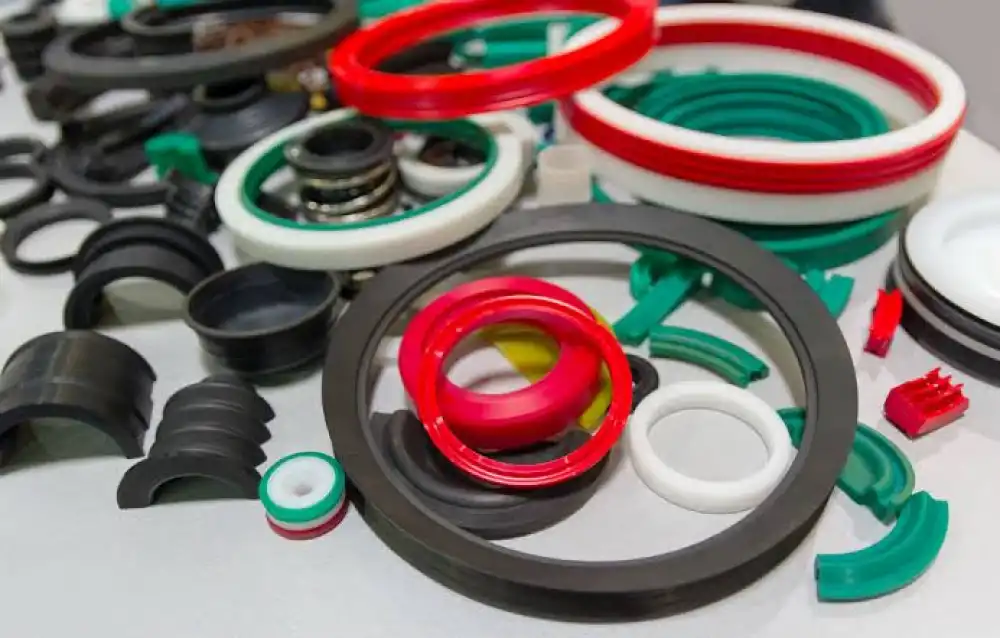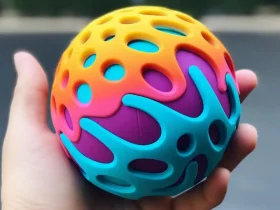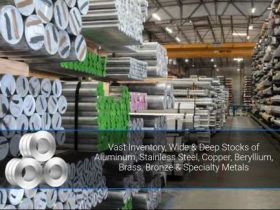
Comparing Durability
Polyurethane and rubber are two of the most common materials used in various industries, including automotive and construction. When it comes to durability, both materials have their own unique features that make them ideal for specific applications. Rubber is known for its flexibility and elasticity, while polyurethane is favored for its ability to withstand wear and tear.
Rubber has been a popular choice for decades because of its excellent resistance to heat, chemicals, and weathering. It can also absorb shock well, making it perfect for use in tires or other types of cushioning. However, rubber can be prone to cracking over time due to exposure to UV light or ozone. On the other hand, polyurethane is a much more durable material that resists abrasion and impact damage well. It has excellent tensile strength even under extreme temperatures but may not be as flexible as rubber.
Rubber: Advantages & Disadvantages
Rubber and polyurethane are two common materials used in a variety of applications, including industrial machinery, automotive parts, and consumer products. While both have their advantages and disadvantages, the choice between rubber or polyurethane may come down to durability.
Rubber is a versatile material that offers excellent elasticity and resilience. This makes it ideal for applications that require shock absorption, such as engine mounts or suspension bushings. However, rubber is also prone to wear and tear over time, which can lead to cracking or deterioration if not properly maintained. Additionally, rubber may not be suitable for use in extreme temperatures or harsh chemical environments.
Polyurethane is a synthetic material that offers many of the same benefits as rubber but with improved durability. Polyurethane can resist wear and tear better than rubber over time due to its superior strength properties. It also has excellent resistance to abrasion, chemicals, and UV radiation. However, polyurethane can be more expensive than rubber upfront and may not offer the same level of vibration dampening ability as rubber in some cases. Ultimately, whether you choose rubber or polyurethane will depend on your specific application needs and budget constraints. If you need to custom conveyor belt impact bed, pls click here.
Polyurethane: Advantages & Disadvantages
Polyurethane is a synthetic material that is popular for its durability and resistance to wear and tear. Its advantages include being able to withstand harsh weather conditions, chemicals, and abrasion. This makes it an ideal choice for use in various industries like automotive, construction, and corrosion resistance polyurethane screen panel. Polyurethane also has good insulation properties which make it useful in applications that require insulation such as refrigerators.
On the downside, polyurethane can be more expensive than other materials like rubber. It’s also not as elastic as rubber making it less effective at absorbing shock or vibrations. Additionally, polyurethane can be prone to hydrolysis over time which means it can break down when exposed to moisture leading to reduced performance and functionality. However, with proper maintenance and handling precautions these disadvantages can be minimized while still enjoying the benefits of using polyurethane products over rubber ones.
Conclusion
In conclusion, it is evident that polyurethane lasts longer than rubber. This is due to the unique properties of polyurethane, such as its durability and resistance to abrasion and chemicals. Polyurethane has a higher tensile strength and can withstand more stress than rubber. Additionally, polyurethane does not crack or split easily like rubber.
Furthermore, polyurethane has better dimensional stability, which means it retains its shape over time. Rubber tends to deform or warp when subjected to varying temperatures and pressure changes. Therefore, in applications where longevity and reliability are critical factors, polyurethane is the ideal choice over rubber.
In summary, while both materials have their distinct advantages and disadvantages depending on the application, for most applications that require long-lasting performance under harsh conditions, opting for polyurethane will provide superior results compared to using rubber.












